Denver, the Mile-High City, is renowned for its stunning landscapes, outdoor activities, and vibrant community. However, behind its picturesque facade, some neighborhoods grapple with alarming levels of pollution, posing serious threats to both the environment and public health.
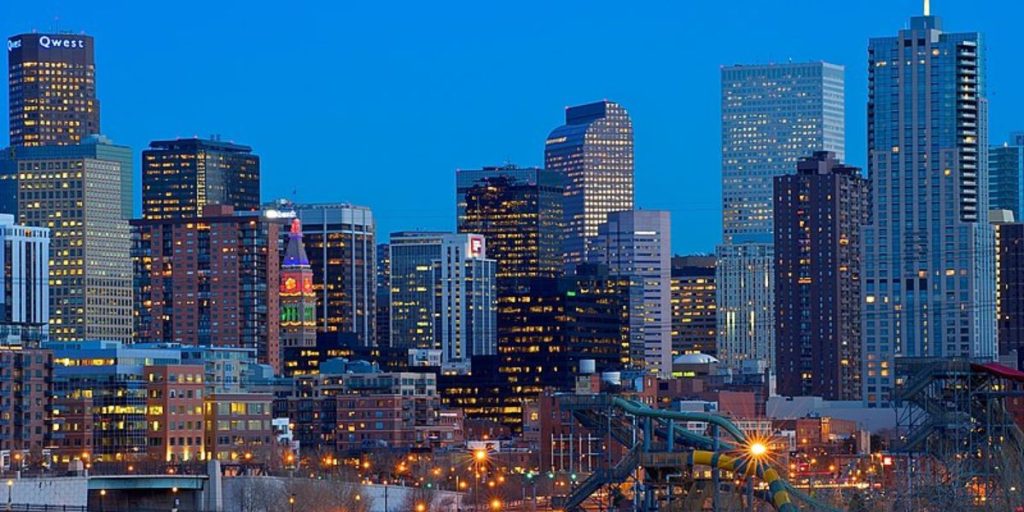
In this article, we delve into the most polluted neighborhoods in Denver, shedding light on the pressing need for environmental awareness and action.
Globeville
Globeville, situated to the north of downtown Denver, has long struggled with high pollution levels.
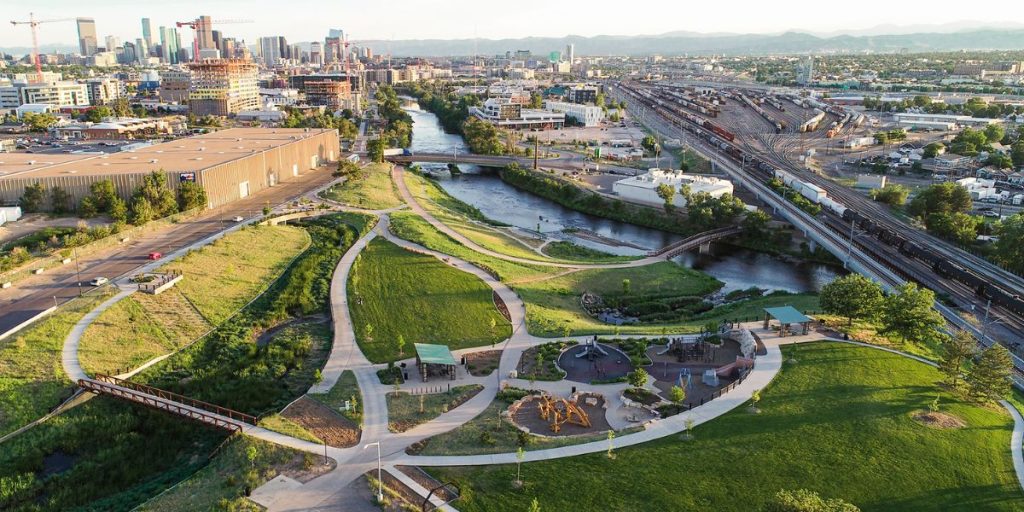
According to the Environmental Protection Agency (EPA), Globeville experiences elevated levels of particulate matter (PM) and volatile organic compounds (VOCs) due to its concentration of industrial activities. The area’s air quality index (AQI) frequently exceeds recommended levels, contributing to respiratory issues among its residents.
Elyria-Swansea
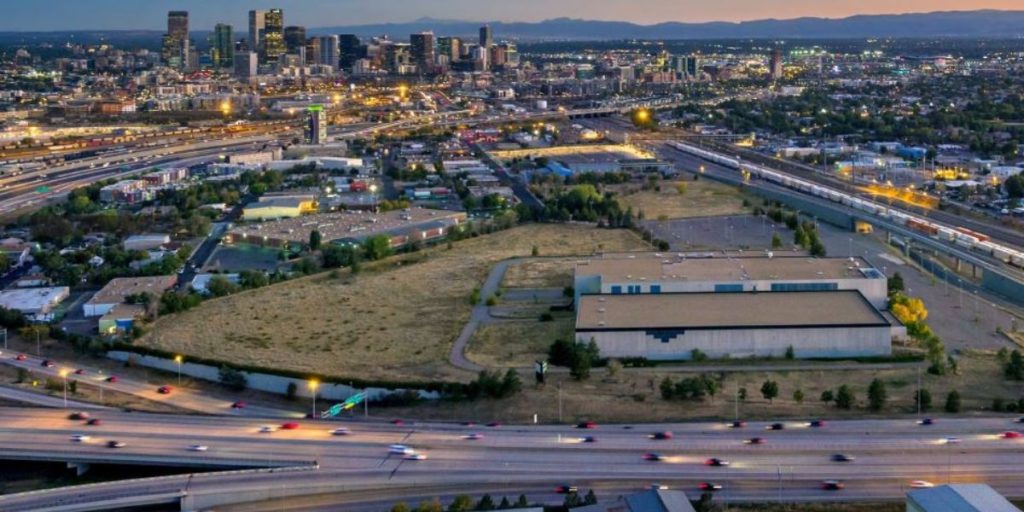
Adjacent to Globeville, Elyria-Swansea shares similar environmental challenges. The Colorado Department of Public Health and Environment reports that this neighborhood experiences heightened levels of air pollution due to industrial emissions and ongoing construction projects. Particulate matter concentrations are notably elevated, indicating a potential health risk for the community.
Athmar Park
Located in southwest Denver, Athmar Park faces pollution challenges associated with both industrial and vehicular emissions.
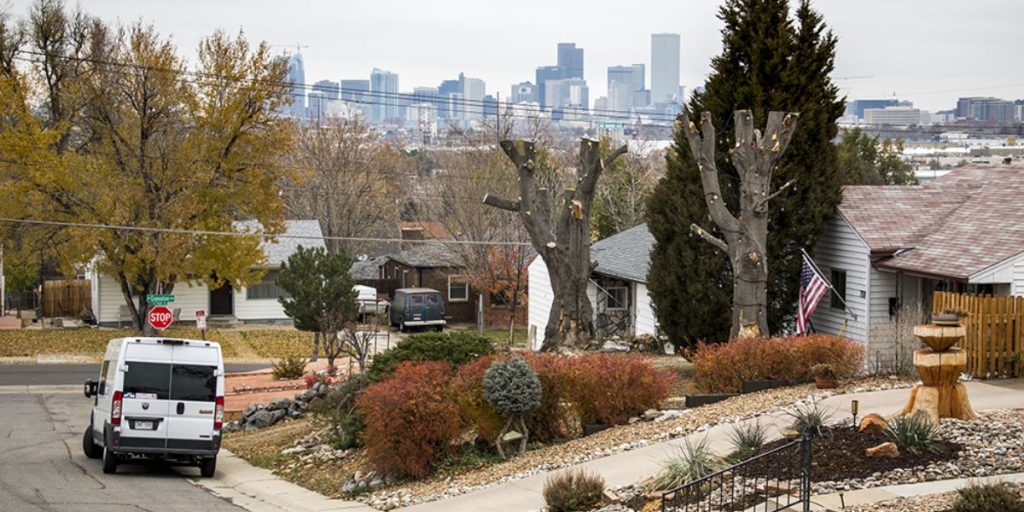
The EPA’s National Air Toxics Assessment highlights increased exposure to toxic pollutants, including benzene and formaldehyde, putting residents at risk for long-term health effects. Efforts to reduce traffic-related emissions are crucial for improving air quality in Athmar Park.
Valverde
Valverde, another neighborhood in southwest Denver, grapples with pollution stemming from industrial activities and aging infrastructure.
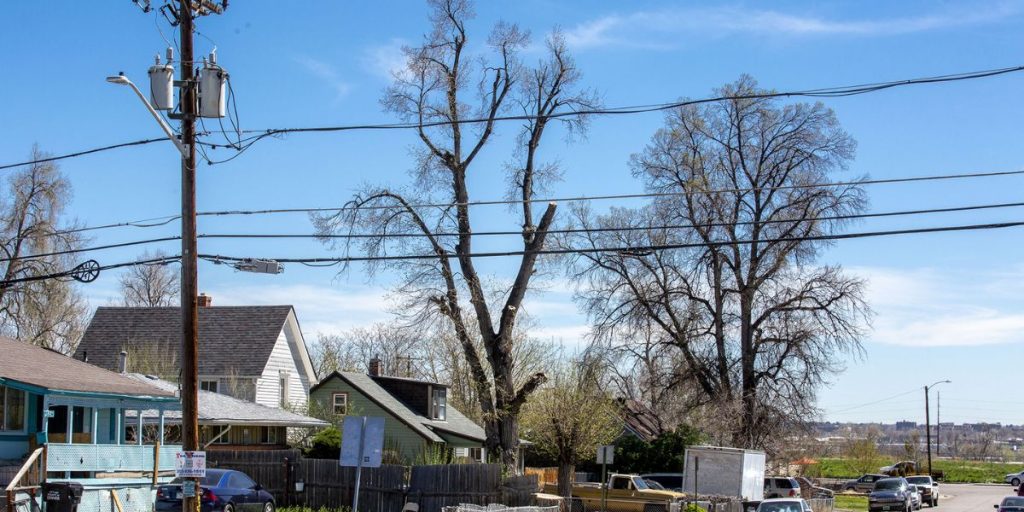
According to the Denver Department of Public Health and Environment, the area faces challenges with soil contamination and air quality degradation. Collaborative efforts are needed to address these issues and ensure the well-being of Valverde’s residents.
Sun Valley
Sun Valley, located just west of downtown Denver, faces pollution challenges due to its industrial history and the presence of transportation hubs. The EPA’s air quality monitoring data reveals elevated levels of nitrogen dioxide (NO2) and particulate matter in Sun Valley, primarily attributed to the proximity of highways and industrial facilities.

Strategic interventions are necessary to improve the air quality and overall environmental health of the community.
Conclusion
Denver’s most polluted neighborhoods demand urgent attention and action to mitigate the environmental and health risks faced by their residents. As Denver continues to grow, it is imperative that the city prioritizes the well-being of its residents and works towards creating a cleaner, safer environment for all.